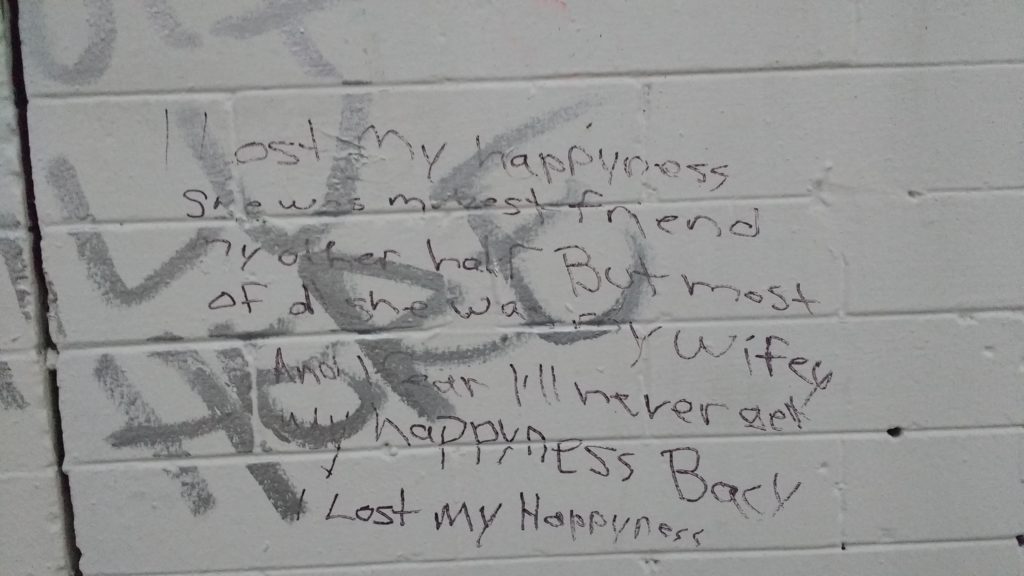Abstract
The declaration of an overdose public health emergency in Vancouver has generated an “affective churn” of intervention across youth‐focused drug treatment settings, including the expanded provision of opioid agonist therapy. In this article, I track moments when young people became swept up in the momentum of this churn and the future possibilities that treatment seemed to promise. I also track moments when treatment and what happened next engendered a sense of stagnation, arguing that the churn of intervention ensnared many youth in rhythms of starts and stops that generated significant ambivalence toward treatment. The colonial past and present deepened this ambivalence among some Indigenous young people and informed moments of refusal. Youth’s lives unfolded through but also around treatment programs, in zones of the city where drug use could generate a sense of momentum that was hooked not on futures, but on the sensorial possibilities of the now. [North America, overdose, drug treatment interventions, youth, affect]

Photo credit: David Cunningham